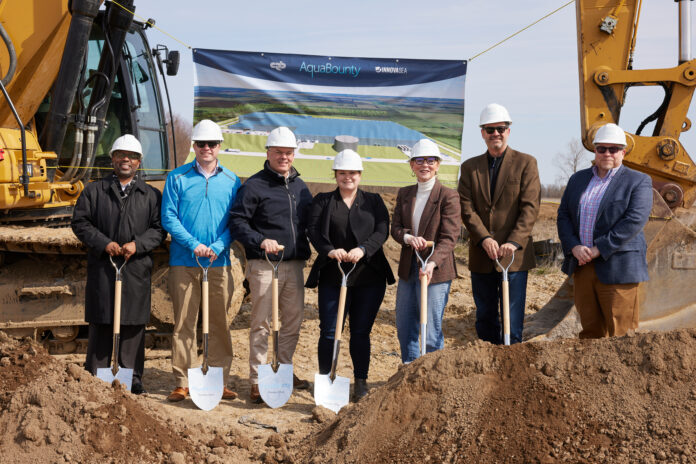The Ohio Department of Natural Resources has approved a water withdrawal and consumptive use permit for AquaBounty’s new Pioneer salmon farm.
Despite public opposition, the agency has given AquaBounty permission to pull around 28 million gallons from the Michindoh Aquifer to fill its tanks at the land-based state-of-the-art Atlantic salmon farm. Going forward, the plant will pump around 4 million gallons of water per day.
The US Environmental Protection Agency states that the Michindoh is the source of drinking water for around 385,00o people. Despite local concerns about the use of the water for the salmon farm, AquaBounty officials convinced the agency to approve their plans with a 600 page application that claimed the waterway would suffer no negative environmental impacts.
“The aquifer is 15 miles long and 160 feet deep, so the modeling that we did was ultra, ultra conservative. It doesn’t help anybody if we don’t have water. It’s an agricultural area, not counting the people that count on the water, and our fish need it to survive, so I don’t think there’s any risk of that ever happening and our models would show the same thing,” Sylvia Wulf, AquaBounty’s CEO said.
“So, on a daily basis we’re using about 4 million gallons. That’s why we say we re-circulate 99% of the water and it just keeps being used and cleaned,” Wulf added, highlighting how they’ve already started construction on the project.
Ohio’s Department of Natural Resources received more than 1,100 responses responses about the project during the 30-day period earlier this year, with the majority opposed to its construction.
“These are the types of quantities that raise alarm bells for all jurisdictions in the Great lakes Basin,” Liz Kirkwood, executive director of For Love of Water, said. “The Great Lakes Compact was really clear about directing states to monitor and evaluate these massive water withdrawals, because they have tremendous impact not only on individual aquifers but on the larger watersheds and ultimately the Great Lakes Basin itself,” she added.









